Traditional Australian clothing carries a deep cultural and historical significance. Rooted in the clothing of Aboriginal Australians, it reflects centuries-old customs and a strong connection to the land. The kangaroo skin cloak tradition remains a powerful symbol of Indigenous identity, while the Akubra hat history and Driza-Bone coat meaning highlight the practical side of Traditional Australian clothing.
Made from natural traditional clothing materials in Australia like possum fur clothing and decorated with emu feather accessories, these garments adapt to the harsh climate influences on clothing in Australia. Traditional attire blends historic Australian costumes with regional and ceremonial styles, representing Australia’s rich cultural diversity and heritage.
History of Australian Clothing: From Colonies to Couture
Australian clothing has deep roots in the country’s early days. During the colonial Australian fashion period, settlers adapted British styles to a new climate. Clothing was practical and sturdy, often made from wool or leather. These historic Australian costumes show how people balanced European elegance with survival needs.
Later, the traditional fashion during Australian gold rush era brought wealth and new materials. People wore more decorative clothes but still valued toughness. Over time, designers mixed these old styles with modern ideas, giving rise to a unique Australian couture seen today. This history helps explain why Australian national costume blends function with flair.
Australian Traditional Clothing Through the Ages
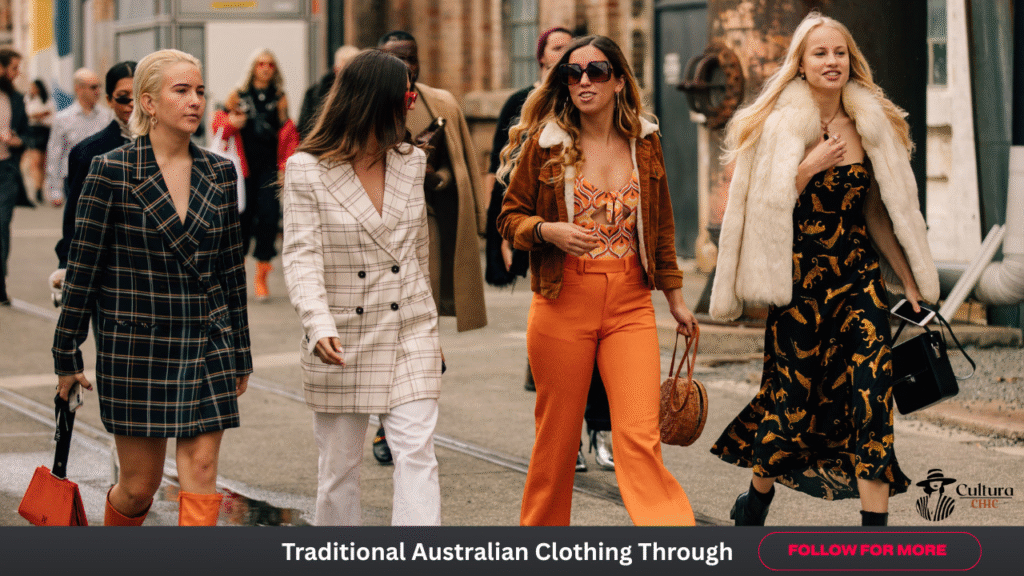
The types of Traditional Clothing worn in Australia include many pieces linked to Indigenous peoples and settlers. The kangaroo skin cloak tradition is a prime example. These cloaks, made from soft kangaroo hide, were used by Aboriginal people for warmth and storytelling. Each cloak often had symbols related to the wearer’s clan or country.
In addition, possum fur clothing and emu feather accessories played important roles in Indigenous attire. These materials were not just practical but sacred. For settlers, garments like the Driza-Bone coat or Akubra hats became symbols of the Australian lifestyle. Each item carries a story about survival and identity.
National Costume of Australia
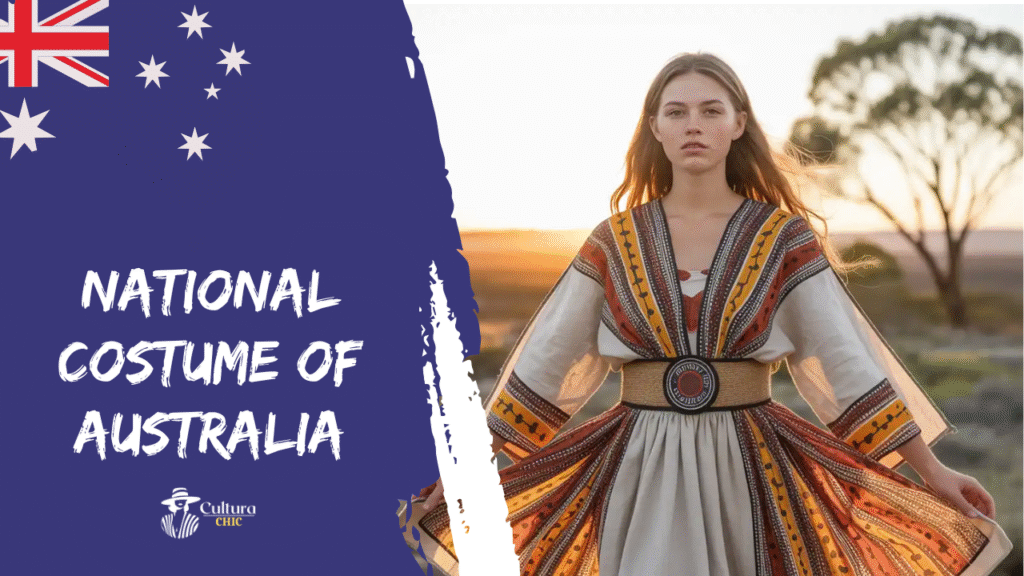
Australia doesn’t have a single official national costume, but several outfits serve this role symbolically. The Australian national costume often includes the Akubra hat, a wide-brimmed hat famous for protection against the sun. The Driza-Bone coat is another iconic piece, showing Australia’s link to the land and farming life.
Women’s versions include bush skirts and practical boots, often reflecting Australian bush fashion. These clothes reflect the country’s rural roots and also nod to Indigenous influences. Together, these garments show how the history of Australian national dress blends many cultures and climates.
Regional Clothing Styles Across Australia
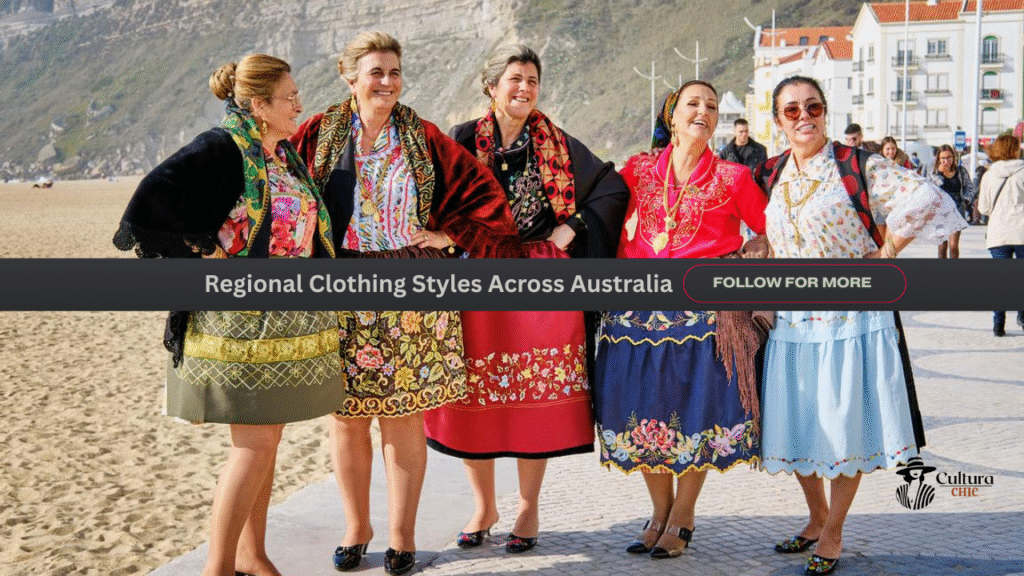
Clothing styles vary a lot across Australia’s vast regions. In the cooler south, wool and layered outfits are common. In contrast, the tropical north favors lighter fabrics and loose fits. These regional Australian attire differences come from the need to adapt to climate.
Many areas have unique styles based on Indigenous Traditional Clothing or settler customs. For example, the use of emu feathers in Aboriginal dress is common in northern regions. In southern cities, leather boots and wool coats reflect colder weather. These variations show how climate influences clothing in Australia greatly.
| Region | Typical Clothing | Key Materials |
| Northern Territory | Light fabrics, emu feather details | Cotton, feathers |
| Victoria & NSW | Wool coats, layered outfits | Wool, leather |
| Outback (rural) | Driza-Bone coats, Akubra hats | Leather, felt |
Influence of Aboriginal Culture on Australian Fashion
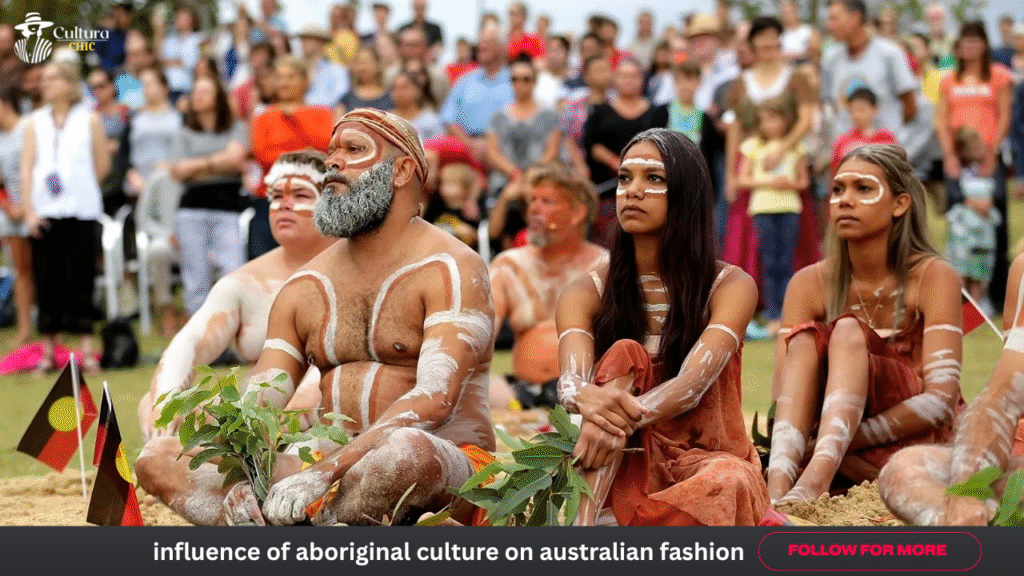
Aboriginal culture has deeply influenced modern Australian Traditional Clothing fashion. Their clothing of Aboriginal Australians features unique patterns and symbols. Designs often tell stories from the Dreamtime, connecting wearers to their land and ancestors. Many modern designers use these Aboriginal patterns and clothing design elements with respect and care.
The use of natural materials like kangaroo skin cloaks, possum fur clothing, and emu feather accessories shows a strong connection to nature. These materials are also sustainable, which inspires today’s eco-conscious fashion. Indigenous artists and brands are gaining global recognition for blending tradition with modern style.
Multicultural & Asian Influences on Modern Fashion
Australia is a multicultural society. The multicultural influence on Australian fashion brings fresh styles and ideas. Asian communities have introduced fine fabrics, bright colors, and new tailoring techniques. This mix has enriched city fashion scenes with unique streetwear and formal clothes.
The fusion of cultures means you see Asian-inspired patterns alongside traditional cultural attire of Australia. This blend makes modern Australian fashion diverse and dynamic. It also reflects the country’s open and inclusive society, welcoming many global influences.
Australian Fashion in Modern Times
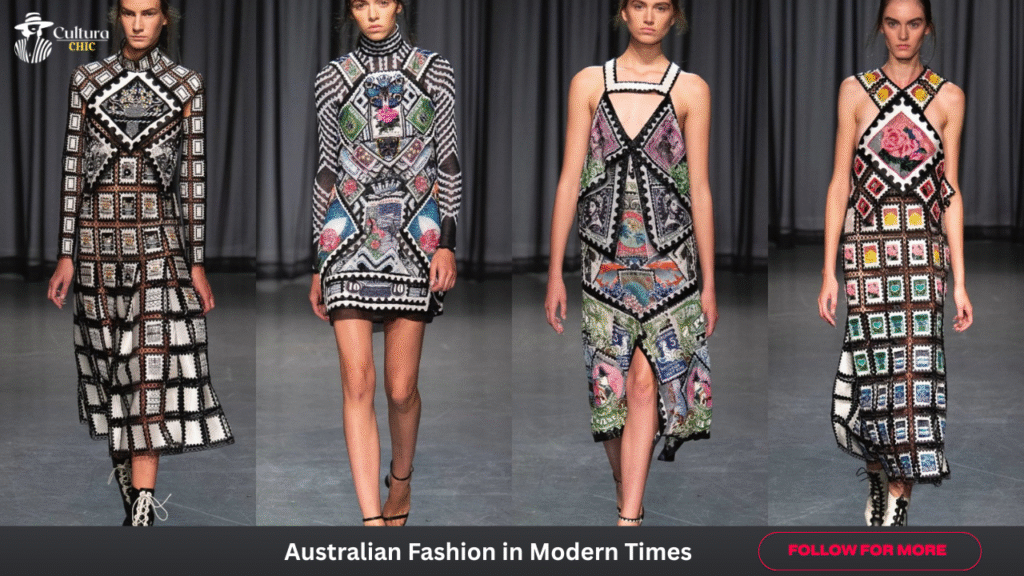
Modern Australian fashion balances innovation with heritage. Designers focus on sustainability and ethical practices, often inspired by traditional clothing materials in Australia. Many brands now use organic fabrics, natural dyes, and zero-waste techniques, making eco-friendly fashion a priority.
This era also sees a revival of vintage Australian outfits, drawing from the country’s rich fashion history. From casual wear to runway couture, Australian fashion continues to evolve, blending old and new styles. This keeps the country’s clothing scene exciting and relevant worldwide.
Iconic Australian Fashion Brands & Designers
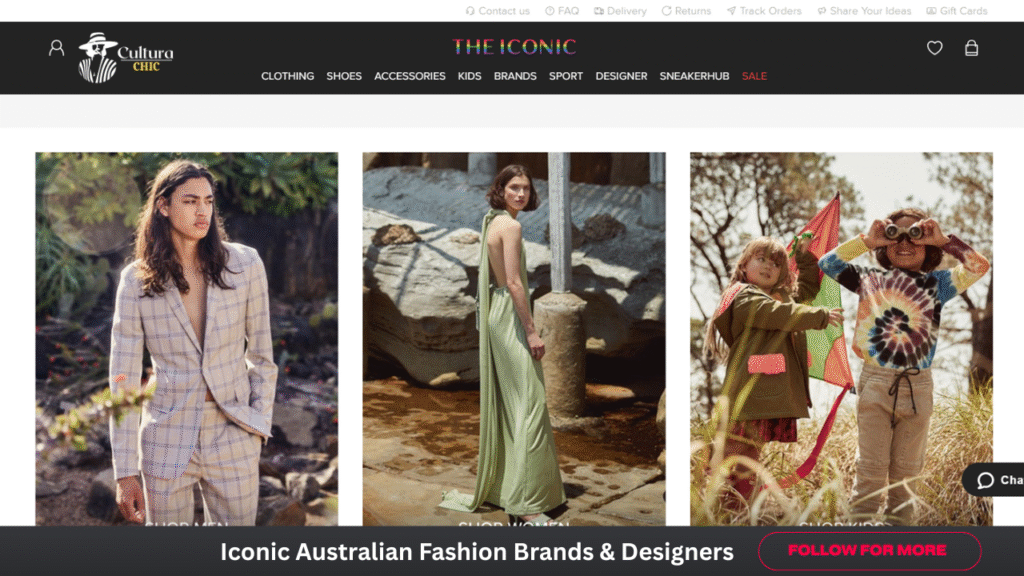
Australia has many famous fashion brands known globally. Names like Zimmermann, R.M. Williams, and Akubra are iconic. Each brand represents a piece of the Australian fashion and traditional clothing story. For example, R.M. Williams is known for its durable leather boots and craftsmanship rooted in leatherworking traditions in Australia.
Indigenous designers also shine, blending culture and modern fashion beautifully. Brands such as Ngali and MAARA Collective celebrate clothing of Aboriginal Australians with respect and creativity. These designers bring new life to ancient symbols, helping the world appreciate Australia’s diverse fashion heritage.
Where to Buy Traditional and Modern Australian Clothing
Buying authentic Australian fashion can be a fun journey. Many online stores ship internationally, including to the USA. Shops like The Iconic and Outland Denim offer both modern Australian fashion and pieces inspired by tradition. For where to buy traditional Australian outfits, local Aboriginal co-ops and markets are great sources.
When shopping, pay attention to materials and origin to avoid fakes. Prices vary widely depending on the brand and craftsmanship. Authentic Indigenous pieces usually carry certifications to prove their heritage. For U.S. buyers, checking size charts and shipping policies ensures a smooth experience.
Vintage Fashion & Pop Culture in Australia

Vintage Australian outfits have a strong place in fashion history. From the 1970s’ bold prints to the 1990s’ grunge styles, these looks often return in new collections. Pop culture moments, like the movie Crocodile Dundee, helped popularize Australian bush fashion worldwide.
Australia’s love for rugged, functional clothes shows up in retro styles, including leather jackets and wide-brimmed hats. These pieces often blend with modern designs to create fresh looks that honor the past while staying trendy today.
Conclusion
Traditional Australian clothing is much more than just garments—it’s a living story of culture, history, and resilience. From the cultural attire of Australia rooted in Indigenous traditions to the rugged practicality of Australian Outback clothing, every piece reflects a unique part of the nation’s identity. These clothes reveal how climate influences clothing in Australia and showcase the rich leatherworking traditions in Australia. Whether worn for ceremonial purposes or daily life, traditional and modern Australian fashion continues to evolve while honoring its roots. Understanding these styles offers a deeper appreciation of Australia’s diverse heritage and the powerful stories woven into every stitch.
FAQs About Australian Fashion
Many wonder about what Australians wear in the Outback. Typically, it includes durable clothing like Driza-Bone coats, sturdy boots, and the ever-famous Akubra hats for sun protection. The Outback style is all about practicality mixed with tradition.
Others ask about the difference between modern and traditional Australian fashion. Traditional clothing uses natural materials and symbolic designs, while modern fashion blends these with global trends and eco-friendly fabrics. Both styles show the evolving nature of Australian identity through clothing.
FAQS
Q: How do people usually dress in Australia?
A: People in Australia dress casually, often opting for comfortable clothes suited to the warm climate, including shorts, t-shirts, and sandals.
Q: How do Australians typically dress on Australia Day?
A: On Australia Day, many wear clothing featuring the national colors—green and gold—or outfits with Australian symbols like the flag or Akubra hats.
Q: What is the national dress code of Australia?
A: Australia doesn’t have a strict national dress code, but the Australian national costume includes items like the Akubra hat, Driza-Bone coat, and practical Outback clothing.
Q: What are the traditional clothes called?
A: Traditional clothes include kangaroo skin cloaks, possum fur clothing, and Aboriginal ceremonial wear.
Q: What is the traditional dress of Australia for females?
A: Traditional female dress often features garments made from natural materials like wool and possum fur, with designs inspired by Indigenous and colonial influences.
Welcome to Cultura Chic! I’m CHAUDHARY ALI, an AI-Powered SEO, and Content Writer with 2 years of experience.
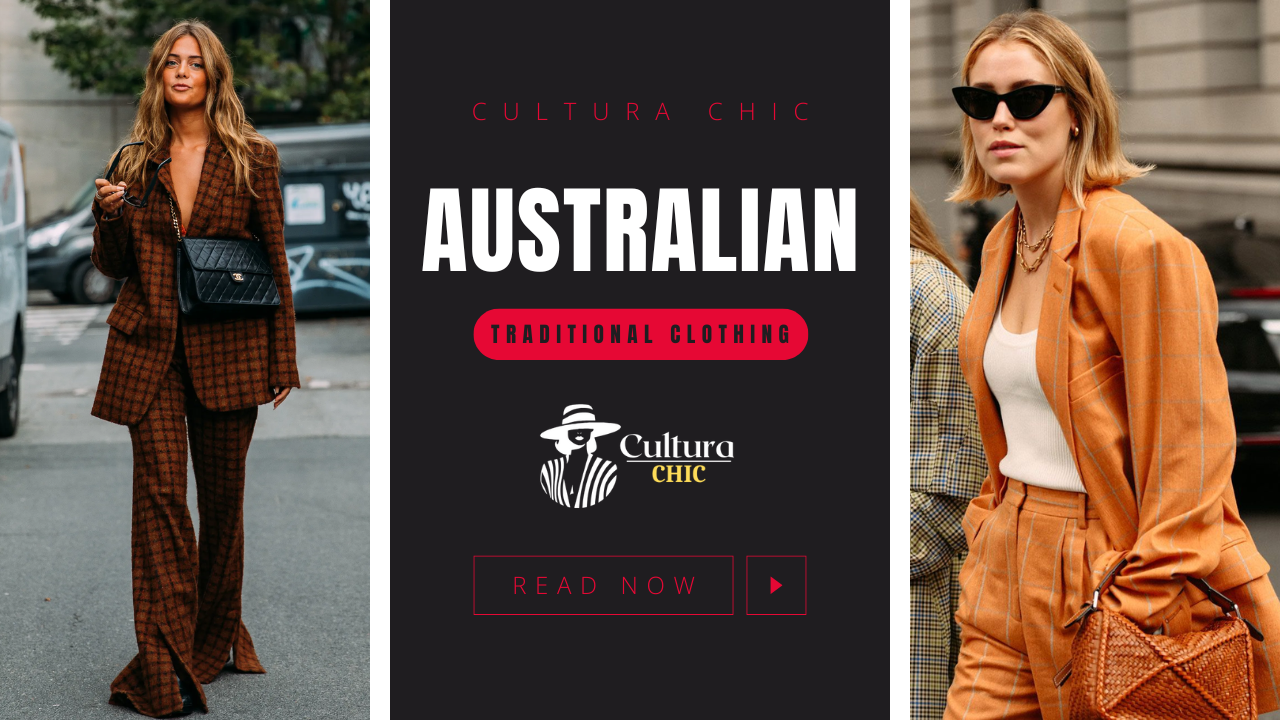
2 thoughts on “Australian Traditional Clothing”